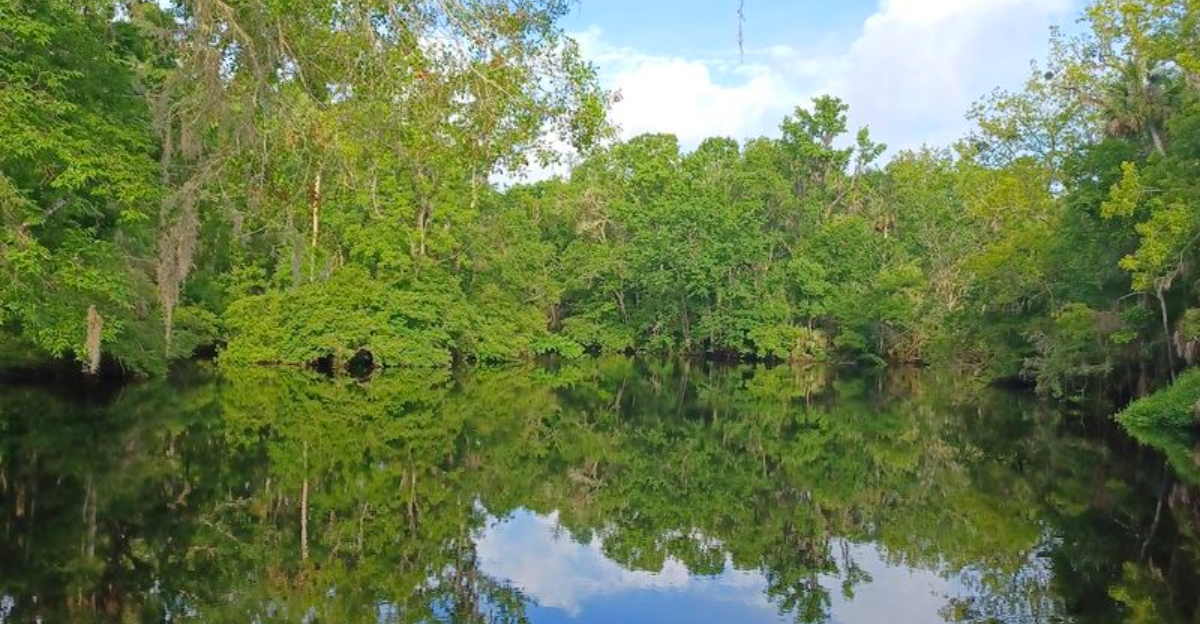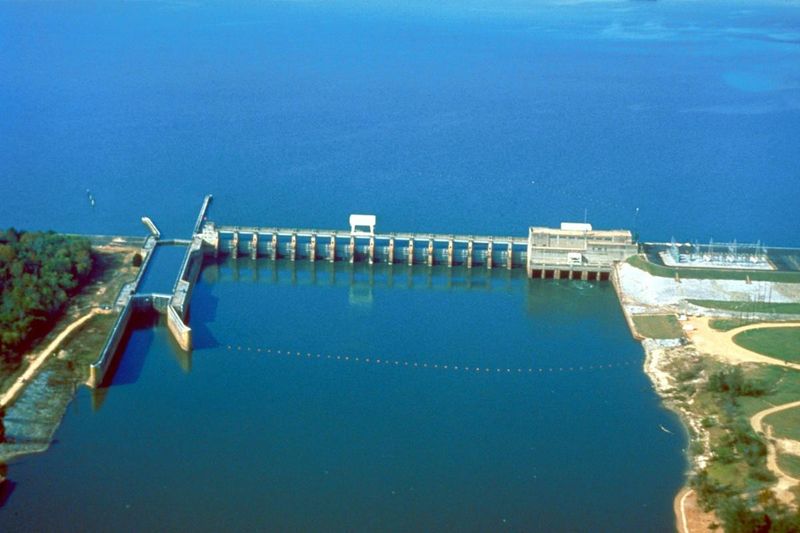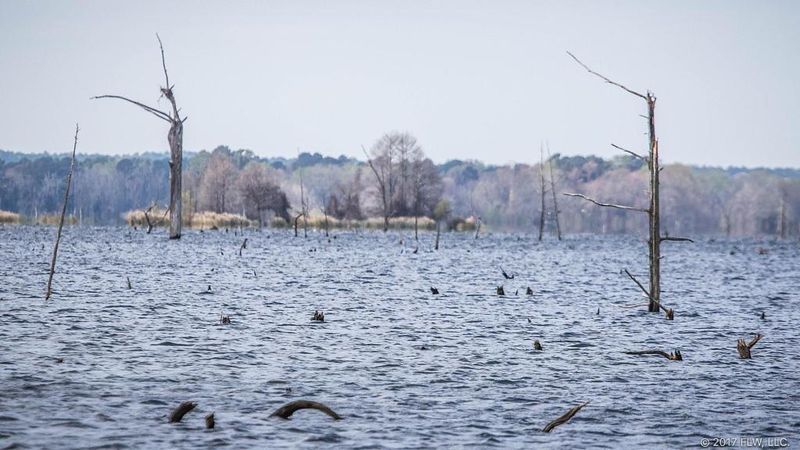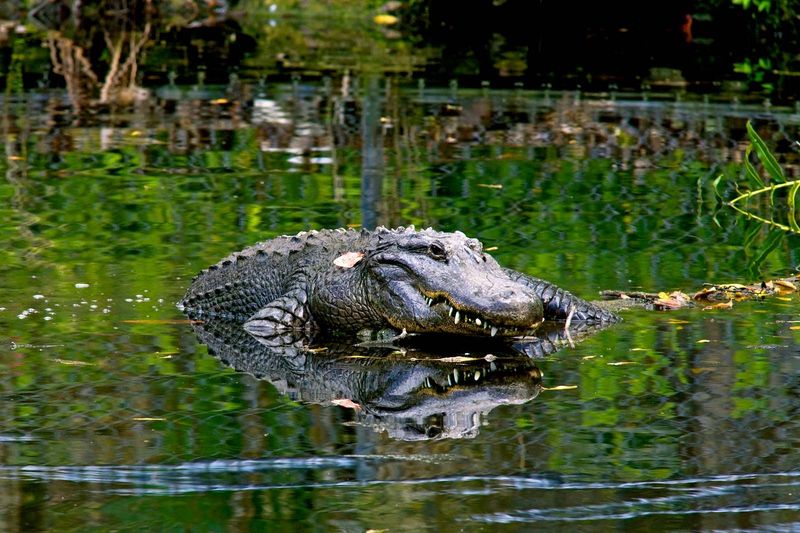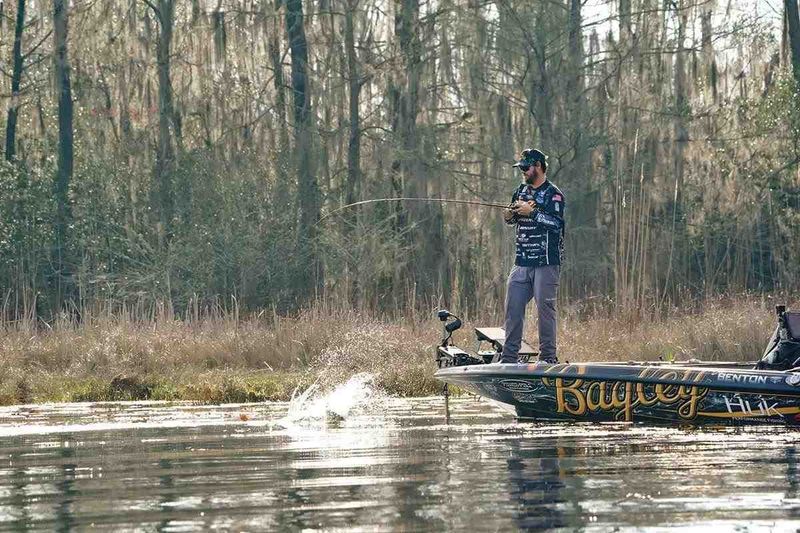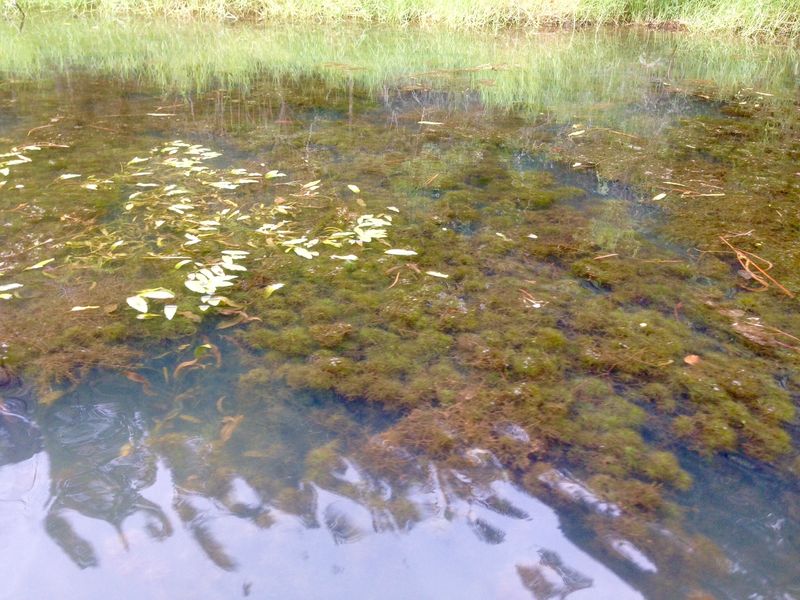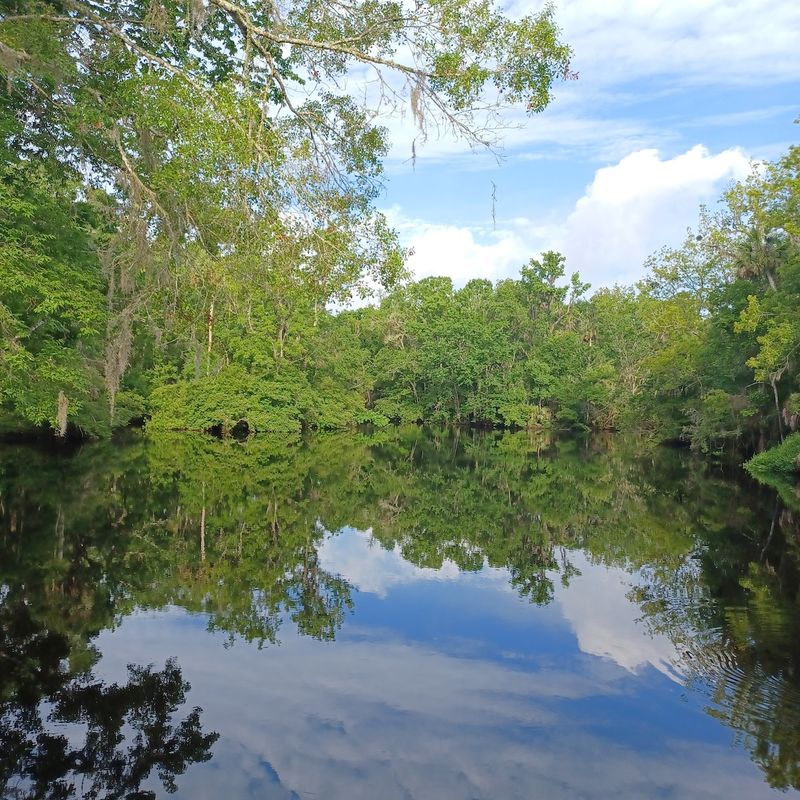Tucked along the Florida-Georgia border lies a sprawling reservoir that anglers, birders, and outdoor lovers guard like a precious secret. Lake Seminole offers 37,500 acres of flooded forests, winding channels, and wildlife-rich waters that feel worlds away from crowded tourist traps. While the lake welcomes visitors, locals quietly hope it stays off most travelers’ radars. Here are six insider tips to help you discover what makes this freshwater paradise so special.
1. A Giant Reservoir Born from a Bold Engineering Feat
Lake Seminole wasn’t carved by glaciers or ancient geological forces. Instead, it sprang to life when engineers completed the Jim Woodruff Dam in 1957, joining the Chattahoochee and Flint Rivers into one massive reservoir. Construction began around 1947, transforming the river valleys into a controlled water system.
The dam does more than hold back water. It generates hydroelectric power for nearby communities, controls flooding downstream, and includes a navigation lock for boats. This engineering marvel created thousands of acres of wetlands and flooded timber habitats.
Because humans control water levels, the lake’s character shifts with management decisions rather than natural cycles alone. Seasonal adjustments affect shoreline access, fish behavior, and vegetation growth throughout the year.
2. Huge Scale – But Surprisingly Shallow
Spanning roughly 37,500 acres with 376 miles of shoreline, Lake Seminole feels enormous when you’re exploring its nooks and crannies. Yet despite its size, the water averages only 10 feet deep, maxing out around 30 feet in certain spots. This shallow profile creates a unique environment unlike deeper reservoirs.
Vast sections feature flooded timber, stumps, and thick aquatic plants that fish love but boaters must navigate carefully. During low-water periods, submerged hazards become navigation nightmares. Hydrilla covers up to 70 percent of some zones, creating dense underwater forests.
The shallow depths warm quickly in summer, fueling plant growth and fish activity. Winter brings clearer water as vegetation dies back, revealing the intricate underwater landscape beneath.
3. Biodiversity Hotspot & Ecological Edge Zone
Where two major rivers collide, magic happens. Lake Seminole sits at this mixing zone, creating varied habitats that support an incredible variety of life. Largemouth bass, crappie, catfish, striped bass, chain pickerel, and bluegill thrive in these nutrient-rich waters.
Alligators patrol the shallows while osprey and bald eagles patrol the skies. Ducks, geese, and marsh birds flock here during migration seasons. The extensive hydrilla beds provide cover for fish and food for waterfowl, though they frustrate boaters.
History lies beneath the surface too. Submerged remains of Fort Scott, built in 1816, rest underwater. Near the dam, the Spanish mission San Carlos de los Chacatos once stood in 1674, adding layers of human history to natural wonder.
4. A Playground for Anglers, Birders & Boaters
Tournament anglers consider Lake Seminole a premier destination. B.A.S.S. competitions have crowned champions here, drawn by trophy bass lurking among the vegetation. Twilight hours during full moons produce legendary catches, especially in the shallows where fish feed aggressively.
Beyond fishing, paddlers explore winding channels in kayaks and canoes while birders spot dozens of species from shoreline trails. Seminole State Park on the Georgia side offers cottages, campsites, and a sandy swimming beach. Three Rivers State Park in Florida provides similar amenities plus hiking trails.
The U.S. Army Corps of Engineers maintains multiple campgrounds and boat ramps around the lake. However, vegetation and fluctuating water levels can limit access seasonally, so check conditions before launching.
5. Hidden Challenges & Conservation Battles
Paradise comes with problems. Hydrilla spreads so aggressively that managers constantly battle to keep boat lanes open. What fish love as shelter becomes an obstacle course for navigation, especially when water levels drop and vegetation reaches the surface.
Upstream water wars complicate management further. Cities and farms withdraw water from the Chattahoochee and Flint Rivers for agriculture and municipal use. These withdrawals reduce lake levels, stress ecosystems, and fuel decades-long legal battles between states.
Seasonal fluctuations expose more shoreline during droughts, allowing vegetation to encroach into areas that were once open water. Development pressure along prime shoreline threatens habitat quality, while altered hydrology disrupts natural cycles that wildlife depends upon.
6. Why Locals Hope It Stays Low-Key
Regional outdoor enthusiasts know Lake Seminole well, but it rarely appears on national bucket lists. Unlike Florida’s coastal hotspots or famous lakes elsewhere, this reservoir maintains a quieter reputation. Locals prefer it that way, enjoying uncrowded boat ramps and fishing spots without tourist hordes.
The lake’s size and complexity hide countless secluded spots. Flooded forests, narrow sloughs, and side channels offer wilderness experiences just minutes from boat launches. You can paddle for hours without seeing another soul in certain areas.
This balance between managed access and wild character attracts people seeking convenience without crowds. Locals share their paradise reluctantly, knowing each new visitor risks changing the peaceful atmosphere they treasure. Smart travelers respect this unspoken code.
